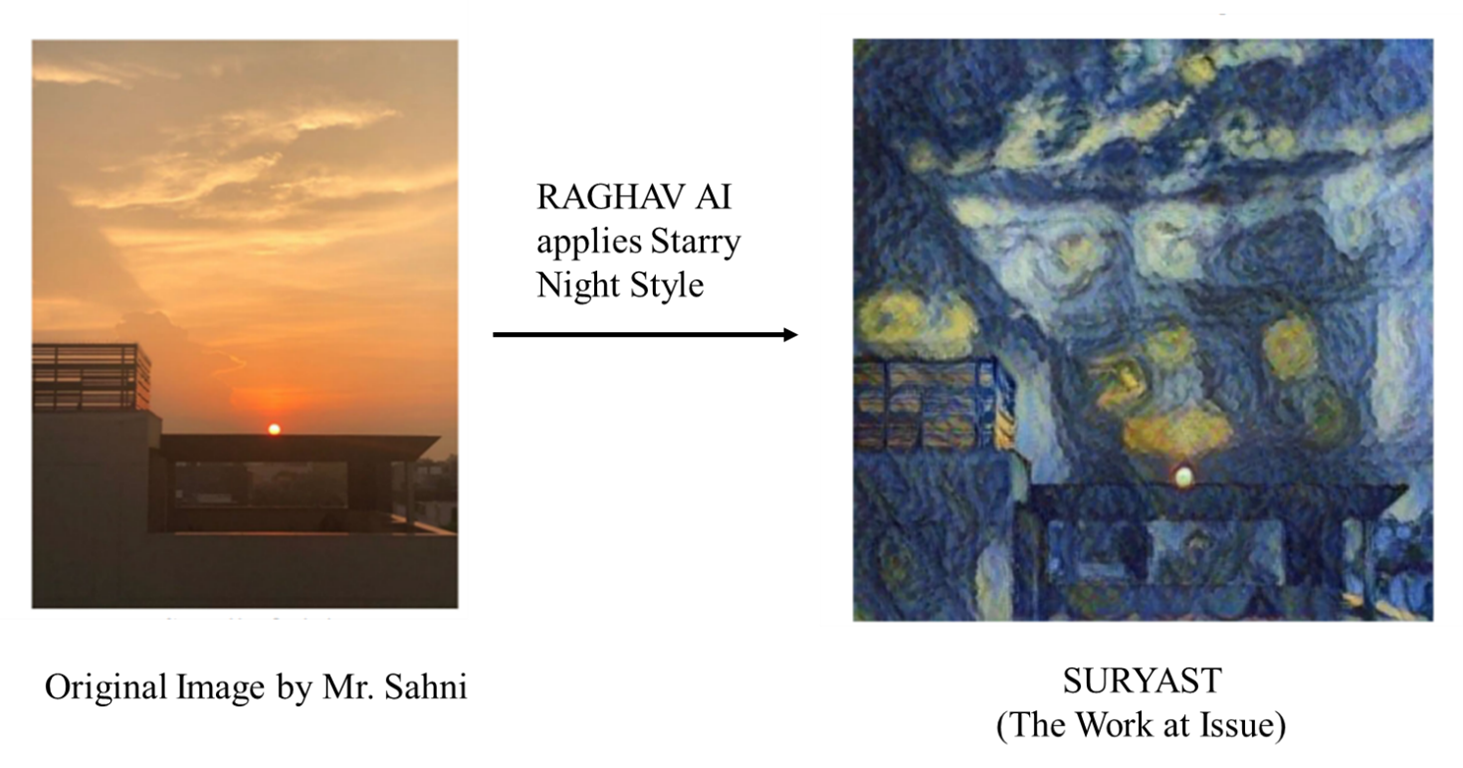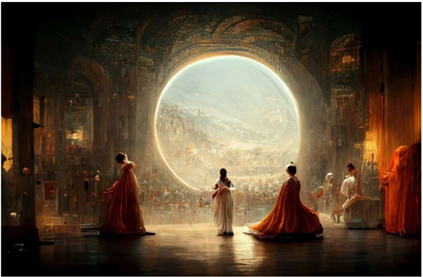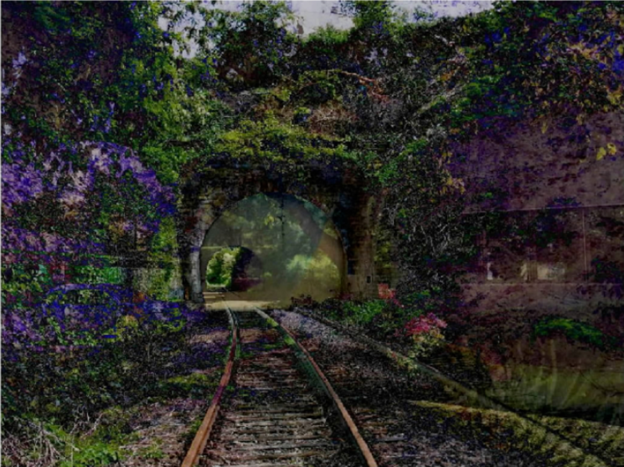The US Patent & Trademark Office (PTO) issued a 2024 Guidance Update on Patent Subject Matter Eligibility, Including on Artificial Intelligence, which focuses on subject matter eligibility for artificial intelligence (AI)-based inventions. 89 Fed. Reg. 58128 (July 17, 2024).
The new guidance is part of the PTO’s ongoing efforts since 2019 to provide clarity on the issue of subject matter eligibility under 35 U.S.C. § 101 and to promote responsible innovation, competition and collaboration in AI technology development as espoused in the Biden administration’s Executive Order 14110, “Safe, Secure, and Trustworthy Development and Use of Artificial Intelligence.” The guidance follows on the heels of the PTO’s recently issued Guidance on Use of AI-Based Tools in Practice Before the PTO and Inventorship Guidance for AI-Assisted Inventions.
The new guidance aims to assist PTO examiners, patent practitioners and stakeholders in evaluating the subject matter eligibility of patent claims involving AI technology. The guidance includes three main sections:
- Section I provides background on issues concerning patentability of AI inventions.
- Section II provides a general overview of the PTO’s patent subject matter eligibility guidance developed over the past five years.
- Section III provides an update to certain areas of the guidance applicable to AI inventions.
As in the prior subject matter eligibility updates and discussions, the guidance document’s analysis of subject matter eligibility focuses on the Alice two-step analysis: an evaluation of whether a claim is directed to a judicial exception (i.e., abstract ideas, natural phenomena, laws of nature), and if so, an evaluation of whether the claim as a whole integrates the judicial exception into a practical application of that exception and/or an analysis of whether the claim recites additional elements that amount to significantly more than the recited judicial exception itself. The guidance highlights a number of relevant recent Federal Circuit cases and is further accompanied by three new examples with hypothetical patent claims for assisting PTO examiners in applying the guidance to an analysis of patent claim eligibility under 35 U.S.C. § 101.
The PTO requests written comments to the guidance through the Federal eRulemaking Portal by September 16, 2024. If there is anything to be gleaned from the guidance or the current state of patentability for AI inventions, the topic will remain highly controversial and heavily debated.
read more

 Subscribe
Subscribe





